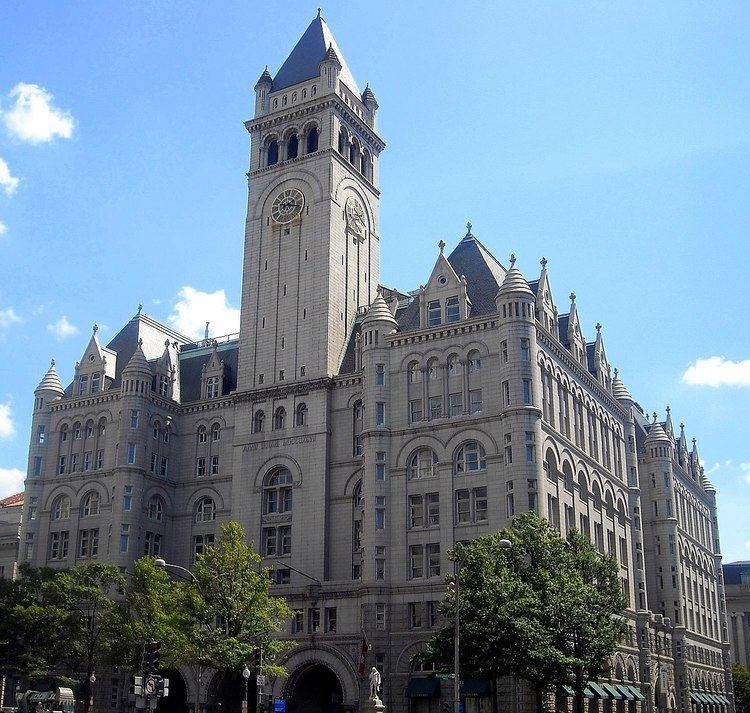Name Willoughby Edbrooke Role Architect | Children Harry W.J. Edbrooke | |
 | ||
Died 1896, Chicago, Illinois, United States Structures Georgia State Capitol, Old Post Office Pavilion, Landmark Center, Main Administration Building, Wheeler Opera House | ||
Willoughby James Edbrooke (Evanston, Illinois 1843 — 1896) was an American architect and a bureaucrat who remained faithful to a Richardsonian Romanesque style into the era of Beaux-Arts architecture in the United States, supported by commissions from conservative federal and state governments that were spurred by his stint in 1891-92 as Supervising Architect of the U.S. Treasury Department.
Contents
Life and career
Edbrooke first practiced in Chicago in 1868 and in 1879 formed a partnership with Franklin Pierce Burnham (died 1909). The partnership was dissolved in 1892. Among their major joint commissions were the Georgia State Capitol, and buildings for University of Notre Dame, and the Mecca Apartments (1891-1892) in Chicago, where Edbrooke served as superintendent of construction. The division of responsibilities and credit for constructions at the World's Columbian Exposition, Chicago, 1893, may have finalized the dissolution of the partnership. Edbrooke resided in Washington DC, where in his position as supervising architect of the Treasury Department, he initiated the design of at least forty buildings.
The monumentally classical Georgia State Capitol shows Burnham's design sensibility rather than Edbrooke's, as Edbrooke's late constructions show. At the turn of the twentieth century, fire destroyed many of the documents in storage at the Capitol, including the original plans and specifications for the building. The competition for the capitol's design was judged by New York architect, George B. Post, who remarked its "beauty, strength and harmony" in justifying his selection of the Edbrooke and Burnham classicizing design, that it was more academically correct, simple and elegant, and monumental in its appearance. At the World's Columbian Exposition in Chicago, 1893, the Government Building was ascribed to Willoughby J. Edbrooke. Its classicizing design fit in harmoniously with the "White City" that ushered in the American Renaissance movement and the age of Beaux-Arts architecture. At the Exposition, Franklin P. Burnham was officially credited only with the Cold-Storage Warehouse, while "Willoughby J. Edbrooke, Washington" is credited with the United States Government Building and the other official federal exhibits.
Edbrooke was elected a Fellow of the American Institute of Architects.
His son Harry W.J. Edbrooke (1873-1946) went into practice with Willoughby's brother, Frank E. Edbrooke, the dean of early Denver architecture.
